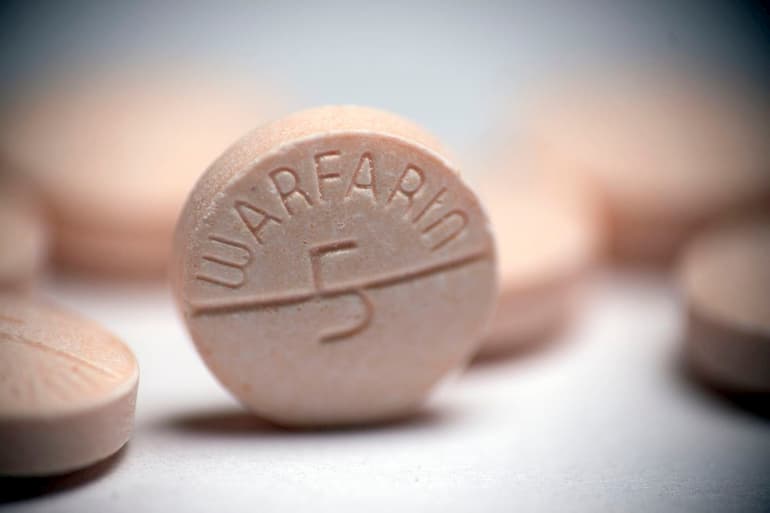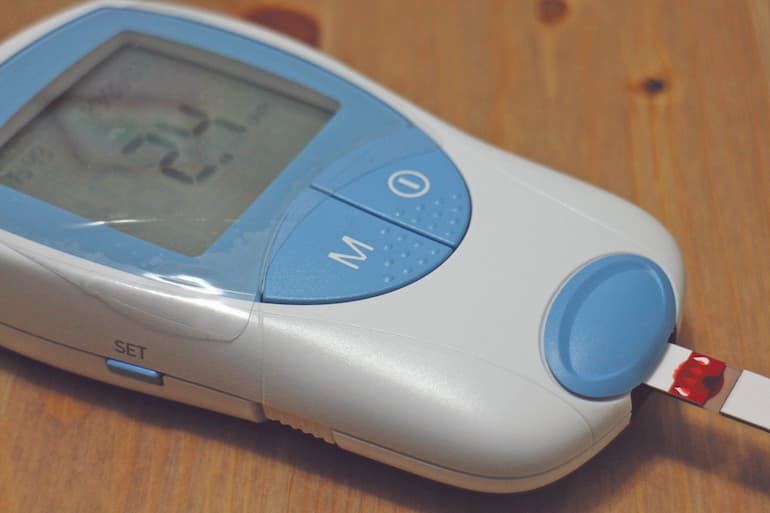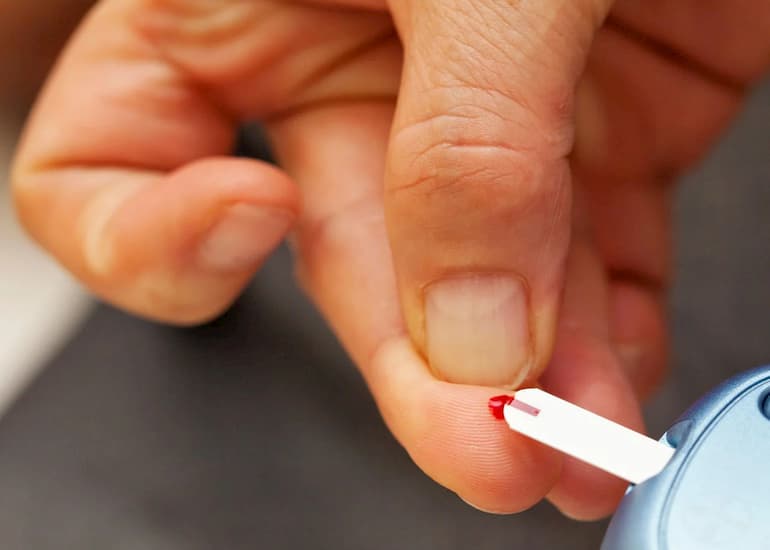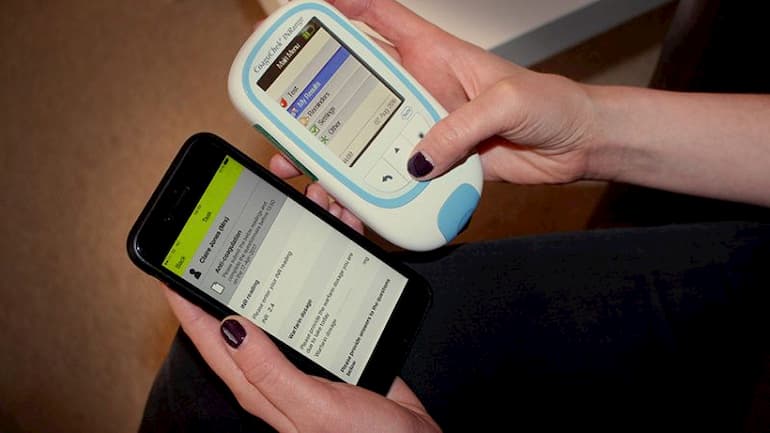Contents
One of the proteins produced by the liver (known as clotting factors) is prothrombin. These help your blood maintain the right consistency. Prothrombin time test or protime (PT) is the specific blood test used to measure the time needed for blood to clot. The PT is reported as the International Normalised Ratio (INR). It is a calculation based on the results of a PT test and is used to monitor individuals who are being treated with blood-thinning medicines, also known as anticoagulants.
Warfarin is one of these medicines, used to prevent blood clots. It’s usually prescribed for people who have atrial fibrillation, where the heart beats unevenly, or people who have had artificial valves fitted.

Patients prescribed warfarin must have their blood monitored regularly (at least once a month or in some cases twice a week), in order to confirm that the dose of warfarin is in a safe and effective range. Careful and regular INR testing can help your physician monitor and adjust the warfarin dosage to ensure prevention against the risk of thrombosis or clotting when the INR is too low, or balance the risk of excessive bleeding when the INR is too high.
In the past few years, there have been more developments in the INR machines and point-of-care devices. These developments have enabled clinicians and practitioners to conduct tests on-site and helped people who benefit from regular testing to conduct self-test at home and carry the INR machine with them everywhere they go.
CoaguChek machines are available for personal use as well as professional and surgical use. These INR machines allow the user to monitor blood thickness quickly, easily and safely and adjust the blood thinning medication with the help of a medical professional. The CoaguChek is a portable device that has four alkali-manganese AAA batteries or a power supply unit and a carry case, as well as a lancing device and lancets and CoaguChek test strips. Some models, such as CoaguChek XS, have advanced features including a touch screen, an infrared interface, an option to change the unit of measurement, disable or enable the beeping and set a therapeutic range.

How Does it Work in 3 Steps? (Safe Test at Home )
- When the device is used for the first time, it’s important to set the exact date and time to ensure the device provides correct measurements. In case the batteries are removed or replaced, when inserted again, check if the date and time is correct and reset if needed. Every CoaguChek comes with a user manual that can help you get familiar with the device and all the operating instructions.
- The next step is to prepare the materials you’ll need, such as CoaguChek meter, CoaguChek test strips and code chip, which is contained within each package of test strips and is specifically made for them. This code chip contains information on the expiry date and lot number of the test strips as well. Once you have it all set, you’ll need the CoaguChek lancing device to obtain a blood sample by finger pricking. Keep in mind that a new lancet should be inserted for every use.
- Then, turn the device on and it will automatically check its display properties and show a range of symbols on the screen. When using the device, always wash your hands using soap and dry your hands and fingertips thoroughly, then remove the test strip from the container and insert it into the strip guided on the CoaguChek. Follow the direction of the arrows you can see on the test strip, and once inserted, close the container with the stopper.

Remember to close it immediately and use the test strip within ten minutes. Make sure that the code chip number shown on the device matches the number of the test strip container, and if they’re the same, press the M button to confirm. After a short time, an hourglass will be displayed on the screen and when the device is warmed up, a blood drop will appear. For the test to work efficiently, you’ll need to apply a drop of blood to the test strip within two minutes.
In order to do this, use the CoaguChek lancing device and collect a blood sample from the side of your fingertips and apply the first drop of blood that appears to the target area on the strip within 15 seconds. Then hold it until you hear a beeping sound and the flashing blood drop symbol will disappear. The result will appear in a minute, and there is no need to disturb the device or apply more blood to the test strip. Once the testing is done, dispose of the test strip and the lancing device with other household waste and turn the meter off. In case it’s dirty, you can wipe it with an approved cleaner.
Report Results

Your device will automatically record up to 100 of the most recent measurements and you can access them by pressing the M button. In case your result is displayed with a small C underneath, that means the blood sample was contaminated, most commonly from water on hands, and you’ll need to do the test again. If the C appears again, you can consult your doctor for further advice. CoaguChek features Bluetooth or USB connectivity that allows you to connect your meter and easily send all the information needed to your healthcare professional.
Your Doctor Receives the Results and Monitors
Your doctor can give you more information on the range of INR values that are ideal to attain benefits and minimise side effects, and advise you what to do if your result is outside of the range. The INR can vary with diet changes, certain illnesses or medications, so make sure to always inform your doctor what you’re taking and monitor your INR more often if necessary.
Additional Tips for Using CoaguChek
In order to get accurate results and maintain a safe system for INR measurements, ensure the meter is kept level when testing and when you’re not using it, store it in the carry case provided. Never use it near a strong magnetic field.

